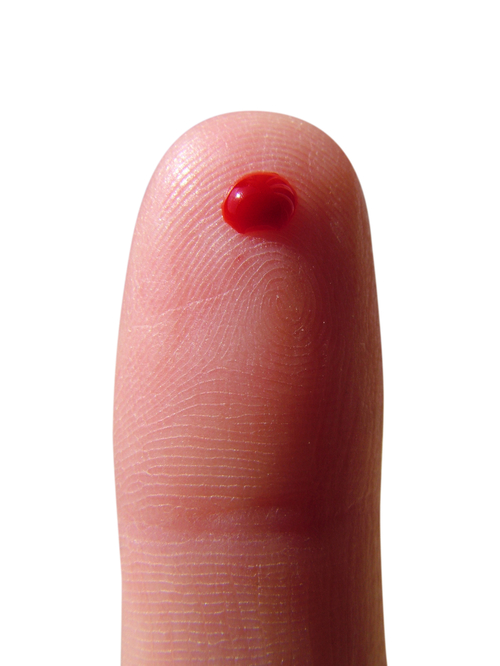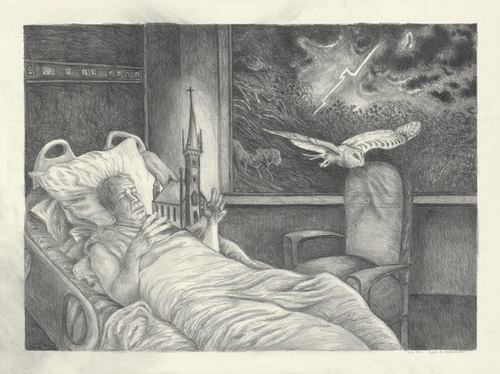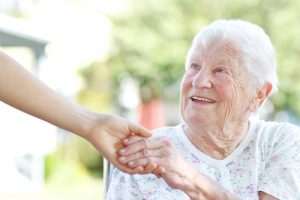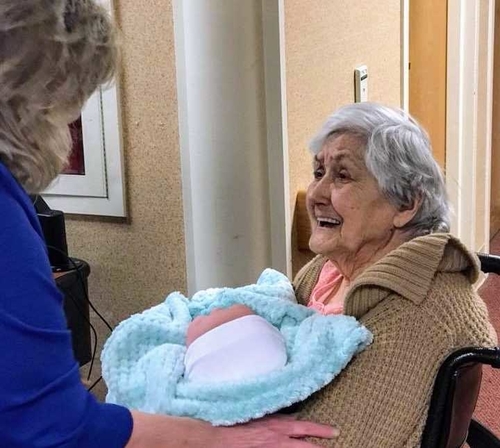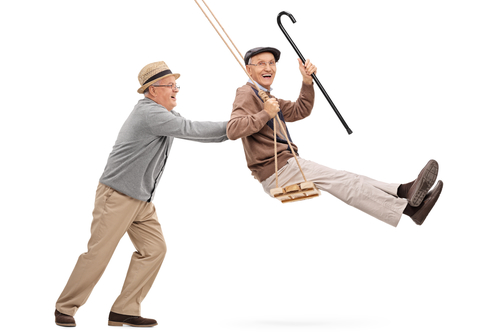
Sion Jair is no ordinary mountain climber. The 68-year-old is a symbol of resilience. Not only had he recently been diagnosed with Alzheimer’s, but he also suffers from Chronic Fatigue Syndrome and Pernicious Anaemia. Despite all this, he still climbs Old Man of Coniston every single day.

Why He Climbs
Jair started to climb as a way to cope with his illnesses. Even though, short walks would exhaust him, slowly his tolerance increased. When he was diagnosed with Alzheimer’s, and told that it was too far gone to help him, he looked to walking again. He says:
I just kept going and my body had two choices: I could either sit down and die, or the body had to get up and use what it had.”
He was told this four years ago. Yet he continues to climb his mountain. He often goes up twice a day, and he even rescued walkers who underestimated the terrain.
Why Exercise Matters
While there is no reliable cure for Alzheimer’s, what Jair is doing is the next best thing. Both Jair and his doctors believe that regular exercise is beneficial. While a lot of studies focus on preventing the disease, a 2017 paper from the University of Kanas looked at 68 men and women who had already been diagnosed. At the end of the study, all of the participants who exercised had improvement for everyday physical skills. Some even had higher scores on cognitive tests.
Jair is not surprised by these findings. He likes the exercise and the consistently, which he says he really needs. He does better exercising his body than his mind, he finds it hard to focus on doing crosswords or sudoku.
Read more here.






